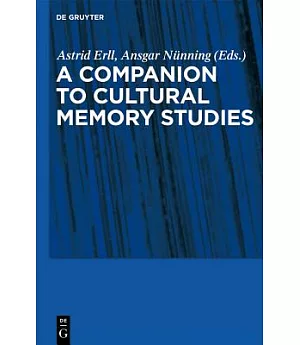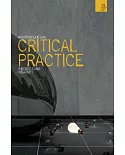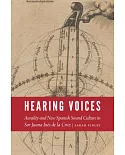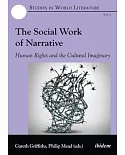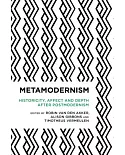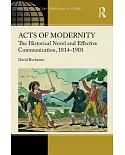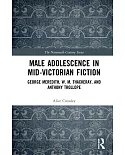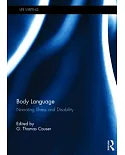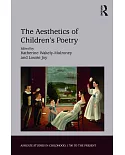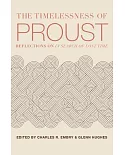Until quite recently, there was no clear distinction between history and cultural memory, which led to a great deal of misunderstanding about the nature of both. In this multi-disciplinary
book, Erll (English literature and culture, University of Wuppertal, Germany) and N羹nning (English, University of Giessen, Germany) address the many forms through which cultural memory is
created. From the intensely personal relating of stories from one generation to the next, to fictional retelling of major national events through media, the formation of cultural memory is
explored. Much of the work is based on Nora's studies of "places of memory", physical reminders of the past. As this is a companion and introduction to cultural memory studies, many of the
articles define aspects of the study and give the sources of it. Others give examples of its use in, for instance, American history and Holocaust studies. Authors come from the disciplines of
literature, sociology, history, psychology, theology and biology. All of these are necessary to complete an understanding of how and why cultural memory is fashioned and how it relates to the
interpretation of the dry facts of actual events. Annotation 穢2010 Book News, Inc., Portland, OR (booknews.com)

